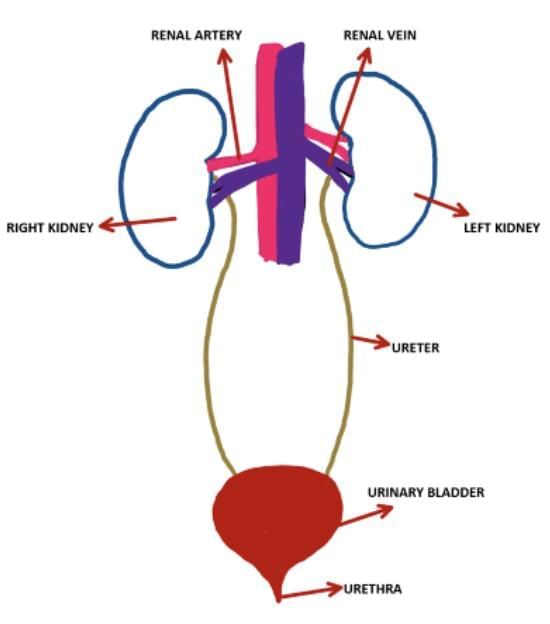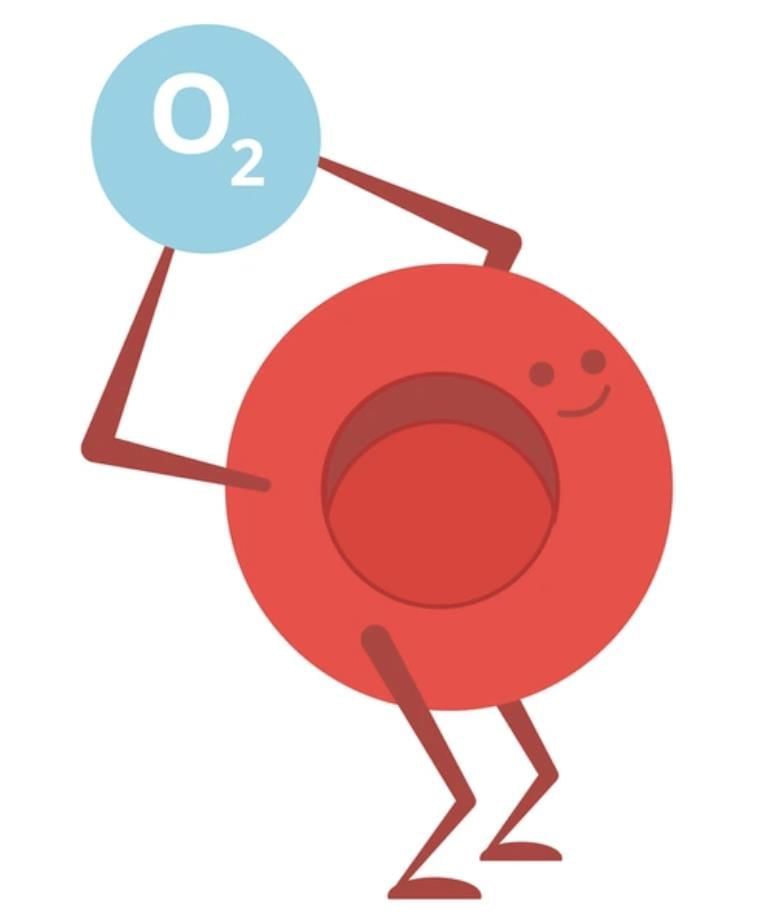UPSC Exam > UPSC Tests > Test: Transportation in Animals & Plants - UPSC MCQ
Test: Transportation in Animals & Plants - UPSC MCQ
Test Description
9 Questions MCQ Test - Test: Transportation in Animals & Plants
Test: Transportation in Animals & Plants for UPSC 2025 is part of UPSC preparation. The Test: Transportation in Animals & Plants questions and answers have been prepared
according to the UPSC exam syllabus.The Test: Transportation in Animals & Plants MCQs are made for UPSC 2025 Exam.
Find important definitions, questions, notes, meanings, examples, exercises, MCQs and online tests for Test: Transportation in Animals & Plants below.
Solutions of Test: Transportation in Animals & Plants questions in English are available as part of our course for UPSC & Test: Transportation in Animals & Plants solutions in
Hindi for UPSC course.
Download more important topics, notes, lectures and mock test series for UPSC Exam by signing up for free. Attempt Test: Transportation in Animals & Plants | 9 questions in 10 minutes | Mock test for UPSC preparation | Free important questions MCQ to study for UPSC Exam | Download free PDF with solutions
Test: Transportation in Animals & Plants - Question 1
The process of removal of wastes produced in the cells of living organisms is called _____.
Detailed Solution for Test: Transportation in Animals & Plants - Question 1
Detailed Solution for Test: Transportation in Animals & Plants - Question 2
Test: Transportation in Animals & Plants - Question 3
What is the role of white blood cells (WBC) in the blood?
Detailed Solution for Test: Transportation in Animals & Plants - Question 3
Test: Transportation in Animals & Plants - Question 4
State whether the following statement is True or False:
The excretory system in humans includes the kidneys, ureters, bladder, and urethra.
Detailed Solution for Test: Transportation in Animals & Plants - Question 4
Test: Transportation in Animals & Plants - Question 5
State whether the following statement is True or False:
Animals like sponges and Hydra have blood circulating in their bodies.
Detailed Solution for Test: Transportation in Animals & Plants - Question 5
Test: Transportation in Animals & Plants - Question 6
How do aquatic animals like fishes remove waste chemicals from their bodies?
Detailed Solution for Test: Transportation in Animals & Plants - Question 6
Test: Transportation in Animals & Plants - Question 7
The excess of water absorbed by plants by their roots gets evaporated through the process of ______________ .
Detailed Solution for Test: Transportation in Animals & Plants - Question 7
Test: Transportation in Animals & Plants - Question 8
Which one of the following transport oxygen to different parts of the body?
Detailed Solution for Test: Transportation in Animals & Plants - Question 8
Test: Transportation in Animals & Plants - Question 9
How do plants transport water and nutrients from the soil to other parts of the plant?
Detailed Solution for Test: Transportation in Animals & Plants - Question 9
Information about Test: Transportation in Animals & Plants Page
In this test you can find the Exam questions for Test: Transportation in Animals & Plants solved & explained in the simplest way possible.
Besides giving Questions and answers for Test: Transportation in Animals & Plants, EduRev gives you an ample number of Online tests for practice
Download as PDF
















